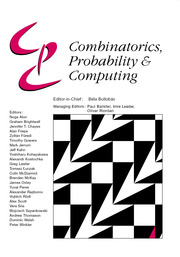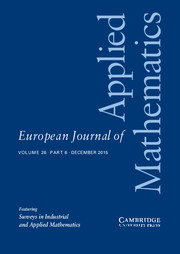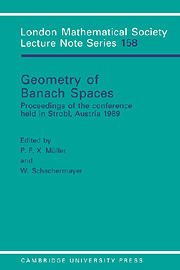Hardy Martingales
This book presents the probabilistic methods around Hardy martingales for an audience interested in their applications to complex, harmonic, and functional analysis. Building on work of Bourgain, Garling, Jones, Maurey, Pisier, and Varopoulos, it discusses in detail those martingale spaces that reflect characteristic qualities of complex analytic functions. Its particular themes are holomorphic random variables on Wiener space, and Hardy martingales on the infinite torus product, and numerous deep applications to the geometry and classification of complex Banach spaces, e.g., the SL∞ estimates for Doob's projection operator, the embedding of L1 into L1/H1, the isomorphic classification theorem for the polydisk algebras, or the real variables characterization of Banach spaces with the analytic Radon Nikodym property. Due to the inclusion of key background material on stochastic analysis and Banach space theory, it's suitable for a wide spectrum of researchers and graduate students working in classical and functional analysis.
- Presents the theory of Hardy martingales for an audience interested in applications to complex, harmonic, and functional analysis
- Includes important core material on stochastic analysis and Banach space theory
- Suitable for a wide spectrum of researchers and graduate students working in classical and functional analysis
Reviews & endorsements
‘A beautiful exposition of the holomorphic side of martingale theory, where Hardy martingales play the leading role, with many deep applications to Banach spaces. Unlike most books on martingale theory where convexity is central, Müller’s remarkable and unique book places the emphasis on the martingales that arise from averaging the boundary values of analytic functions in Hardy spaces. The latter discretize the continuous martingales obtained by composing an analytic function with complex Brownian motion. Consideration of the Banach space valued case leads to deep geometric applications.’ Gilles Pisier, Texas A&M
‘The book is a must for anyone interested in the delicate geometry of the Lebesgue space L1(𝕋), of its subspace H1(𝕋) and of related Banach spaces. It exposes deep results of Bourgain, Pisier, Talagrand and other top analysts.’ Gideon Schechtman, Weizmann Institute of Sciences
‘This book presents a wonderful bridge between Probability Theory, Functional Analysis and Complex Analysis, that emerged in last decades due to the work of many great mathematicians. It is a pleasure to read. The results are placed in their logical context and connections between them are clearly explained. Many remarks put the development of the subject into historical perspective. The presentation is clear and reasonably detailed.’ Przemysław Wojtaszczyk, IMPAN Warsaw
Product details
June 2022Adobe eBook Reader
9781108985963
0 pages
This ISBN is for an eBook version which is distributed on our behalf by a third party.
Table of Contents
- Preface
- 1. Stochastic Holomorphy
- 2. Hardy Martingales
- 3. Embedding L1 in L1/H1
- 4. Embedding L1 in X or L1/X 5. Isomorphic Invariants
- 6. Operators on Lp(L1)
- 7. Formative Examples
- Bibliography
- Notation Index
- Subject Index.







